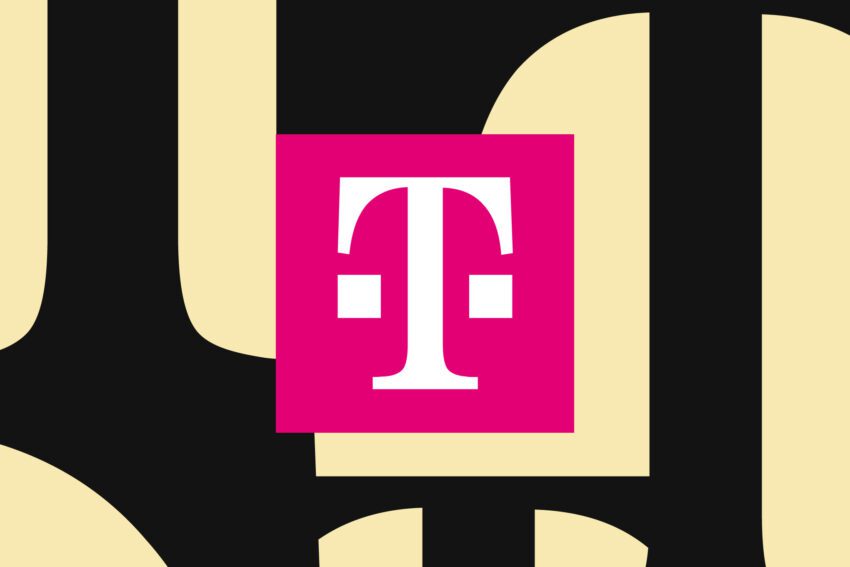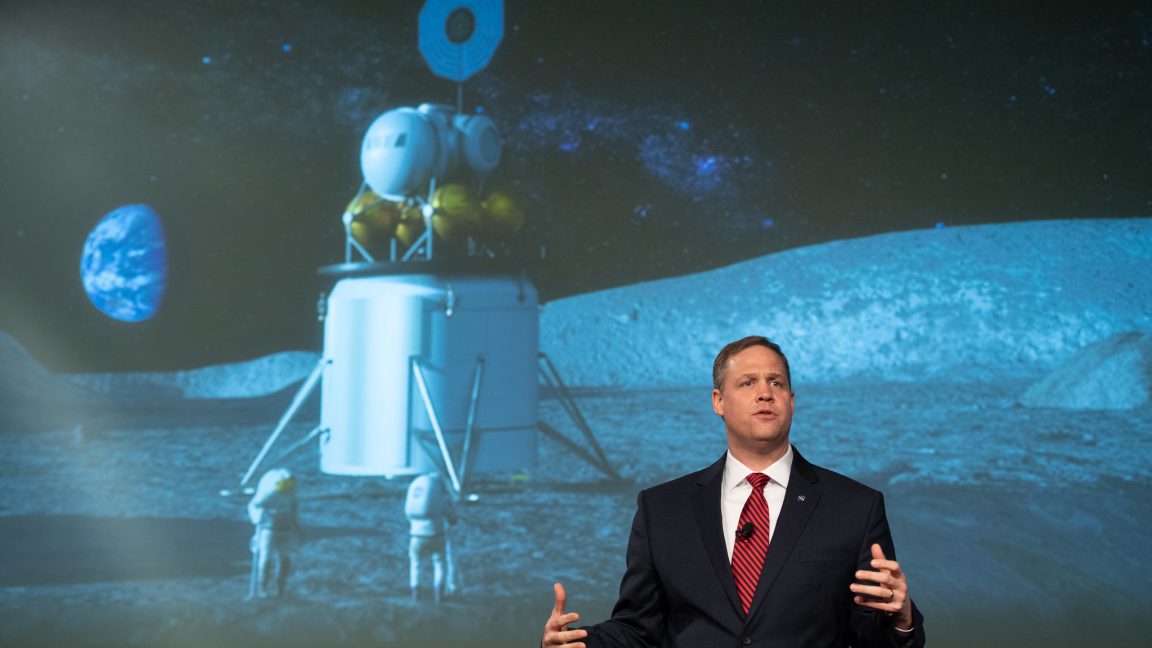
t-mobile s satellite service now supports google T-Mobile has expanded its satellite-to-cell service to several popular apps in the US, allowing users to stay connected without cellular coverage.
t-mobile s satellite service now supports google
Introduction to T-Mobile’s Satellite Service
T-Mobile’s innovative satellite service, branded as “T-Satellite,” has made significant strides since its initial launch in July. Powered by Starlink, this service aims to bridge connectivity gaps for users in areas where traditional cellular networks are unavailable. The recent expansion to support popular applications marks a pivotal moment in enhancing user experience and accessibility.
Newly Supported Applications
The latest update introduces support for a range of widely-used applications, including:
- Google Maps
- X (formerly Twitter)
- AccuWeather
- T-Mobile’s customer service app, T-Life
- AllTrails
- CalTopo
- onX
This expansion allows T-Mobile users to maintain essential communication and access critical information even when they are out of range of conventional cellular networks. The ability to use these apps can be particularly beneficial for individuals in remote areas, outdoor enthusiasts, and travelers.
WhatsApp Connectivity
WhatsApp is one of the most popular messaging platforms globally, and its integration into T-Satellite is a significant development. Users can send messages, voice notes, and images, as well as engage in voice and video calls, including group chats. This feature ensures that users can stay connected with friends and family regardless of their location, making it a vital tool for those venturing into areas with limited cellular service.
Google Maps Integration
Google Maps is another critical addition to the T-Satellite service. With this integration, users can access navigation features, find local businesses, and receive real-time traffic updates. This functionality is particularly useful for outdoor adventurers who may find themselves in unfamiliar territories. The ability to navigate without cellular coverage can enhance safety and convenience for users exploring remote locations.
Social Media Access via X
The inclusion of X (formerly Twitter) allows users to post text, photos, GIFs, and videos, as well as explore feeds. However, T-Mobile has noted that this service will be limited in scope, focusing on essential content rather than a full data-heavy experience. Users can control when to load high-resolution media, which helps conserve data while still allowing them to engage with their social networks.
Service Details and Pricing
T-Satellite is designed to be accessible to a wide range of users. For most T-Mobile subscriber plans, the service is offered free of charge. However, users can also opt for a subscription at a cost of $10 per month. This pricing model makes satellite connectivity more affordable and accessible, particularly for those who may not have reliable cellular service in their area.
Automatic Connectivity
One of the standout features of T-Satellite is its automatic connectivity for eligible devices. When users find themselves in areas without cellular or Wi-Fi coverage, their devices will seamlessly connect to the satellite network. This feature eliminates the need for manual setup and ensures that users can stay connected without interruption.
Limitations and Considerations
While the expansion of T-Satellite is a significant advancement, it is essential to understand the limitations of the service. T-Mobile has indicated that supported apps will primarily provide critical content rather than full data-heavy experiences. This means that while users can access essential features, they may not be able to utilize all functionalities of the apps as they would under normal cellular conditions.
Device Compatibility
The T-Satellite service is compatible with select devices, including models from iPhone, Pixel, and Samsung. Supported native apps include Google Messages, Find Hub, Apple Music, Fitness, Maps, Weather, and Samsung’s Weather app. As the service evolves, T-Mobile may expand compatibility to additional devices and applications, enhancing user experience further.
The Impact of T-Satellite on Connectivity
The introduction of T-Satellite and its support for popular applications represents a significant shift in how users can maintain connectivity. This service is particularly relevant in an era where reliable communication is paramount, especially during emergencies or in remote locations. The ability to access essential apps can enhance safety and convenience for users who may find themselves outside traditional cellular coverage.
Stakeholder Reactions
The response from stakeholders has been generally positive. Users have expressed excitement about the potential for enhanced connectivity, particularly in areas where cellular service is unreliable. Outdoor enthusiasts and travelers have highlighted the importance of having access to navigation and communication tools while exploring remote regions.
Industry analysts have noted that T-Mobile’s move could set a precedent for other telecommunications companies. As satellite technology continues to advance, there may be increased competition among providers to offer similar services, potentially leading to further innovations in connectivity solutions.
Future Prospects for Satellite Connectivity
The expansion of T-Satellite is just the beginning of what could be a transformative era for satellite connectivity. As technology continues to evolve, we can expect improvements in speed, reliability, and the range of applications supported. T-Mobile’s initiative may pave the way for more comprehensive satellite services that could integrate seamlessly with existing cellular networks.
Potential for Broader Applications
Looking ahead, the potential for broader applications of satellite connectivity is vast. Industries such as agriculture, logistics, and emergency services could benefit significantly from enhanced communication capabilities in remote areas. As satellite technology becomes more accessible, we may see innovative solutions tailored to meet the needs of various sectors.
Conclusion
T-Mobile’s expansion of its T-Satellite service to include popular applications like WhatsApp, Google Maps, and X is a noteworthy development in the telecommunications landscape. By providing users with essential connectivity options in areas lacking cellular coverage, T-Mobile is addressing a critical need for reliable communication. As the service continues to evolve, it holds the potential to reshape how users interact with technology, particularly in remote and underserved regions.
Source: Original report
Was this helpful?
Last Modified: October 2, 2025 at 5:37 pm
0 views















